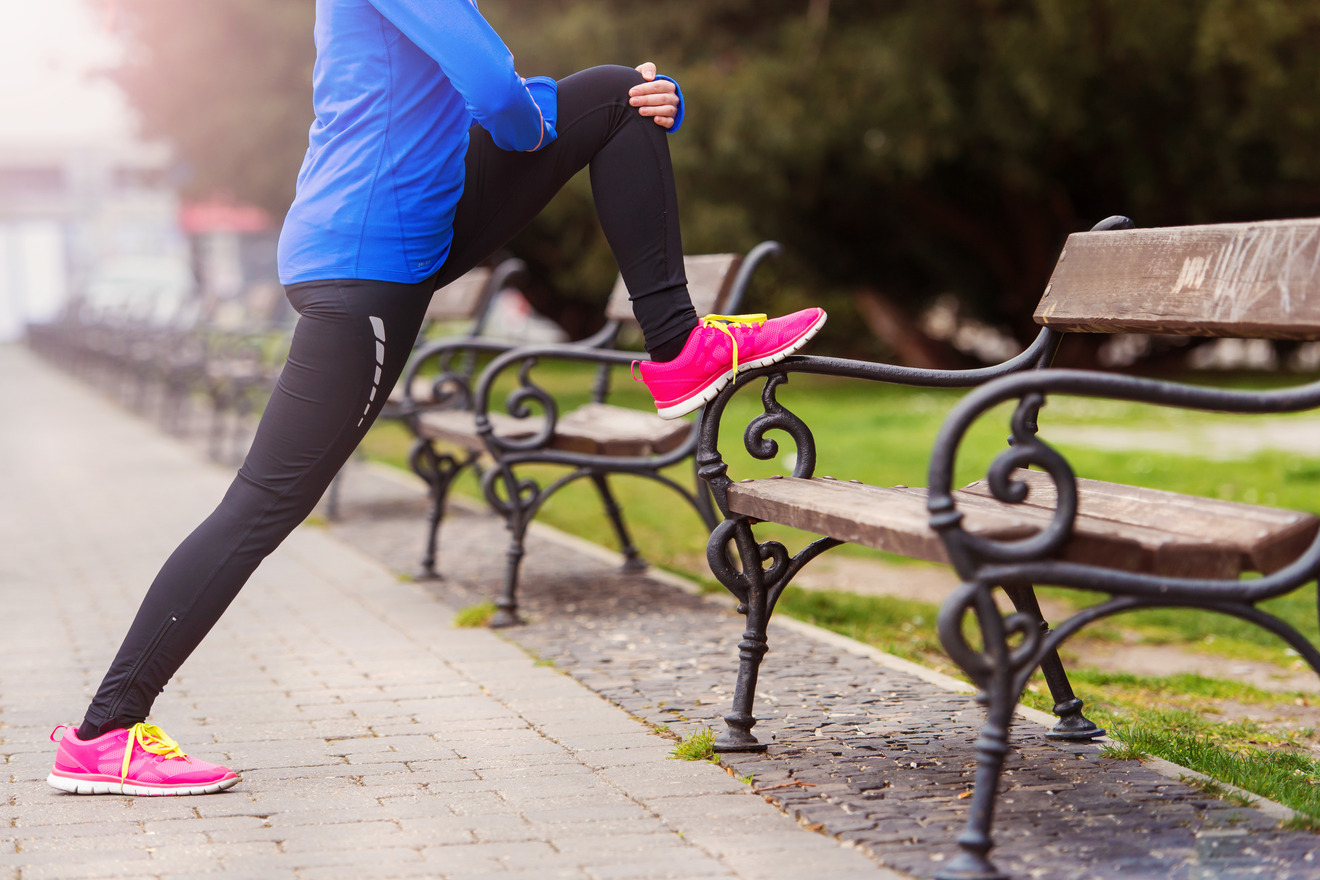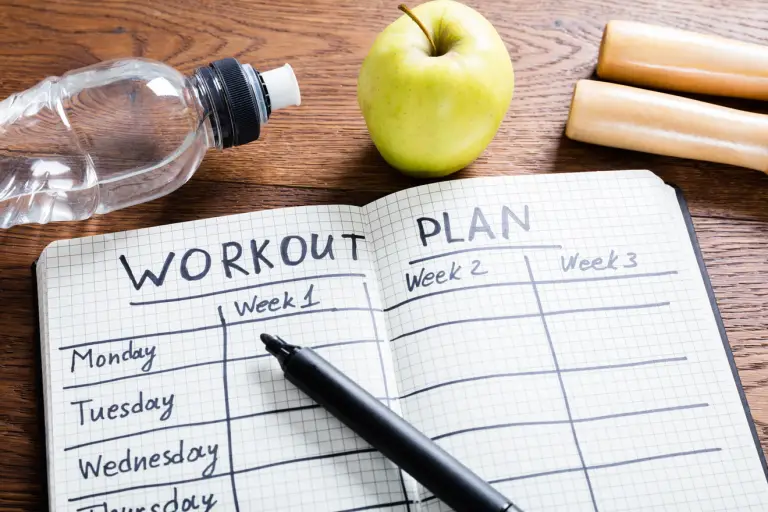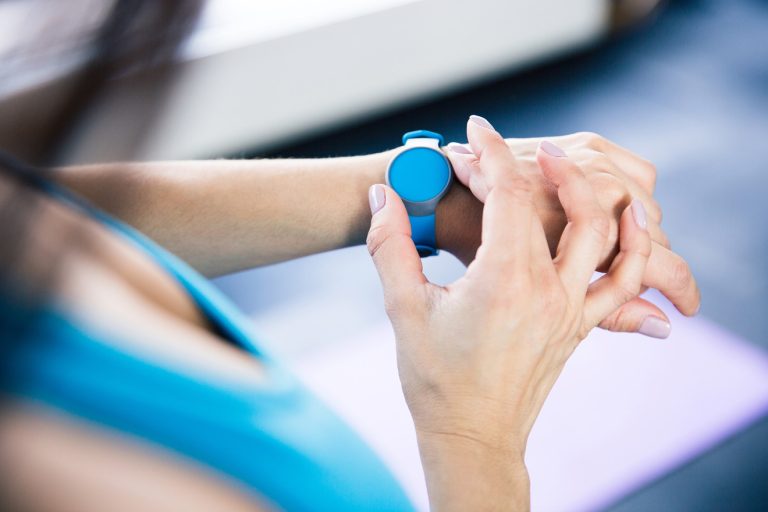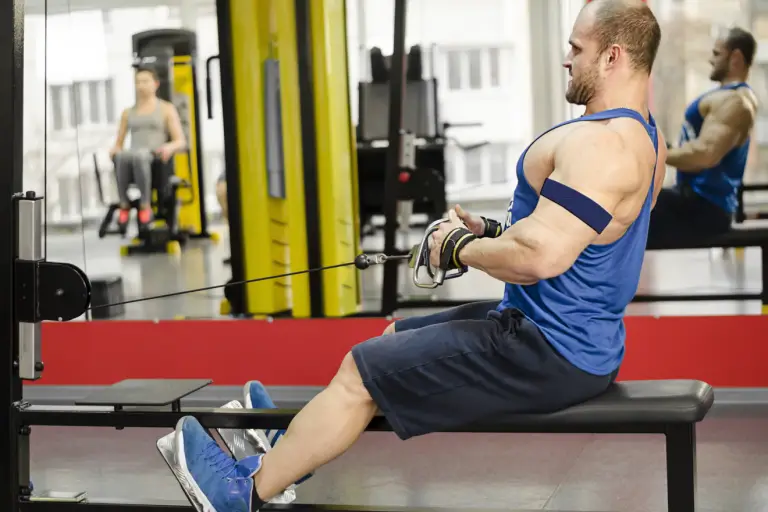Mastering mobility: key exercises
Key takeaways
- Mobility is often neglected since most people tend to focus on strength training or cardio.
- Working on mobility will improve your range of motion, which can then translate into better performance and daily functional ability.
- Mobility exercises can also be used as dynamic stretching as part of a warm-up prior to a workout. This is one way to incorporate mobility into your existing fitness routine.
Understanding the importance of mobility
Mobility is a crucial aspect of fitness that often gets overlooked in favor of strength and endurance training. However, improving mobility is essential for overall functional fitness, injury prevention, and enhanced athletic performance. Mobility refers to the ability of your joints to move freely through their full range of motion, which directly affects how well you can perform exercises, daily activities, and sports.
Benefits of improved mobility
- Enhanced performance: increased range of motion allows for better execution of exercises. When your joints can move freely, you can lift heavier weights and perform movements more efficiently.
- Injury prevention: tight muscles and limited joint movement can lead to poor form and increased risk of injuries. Mobility exercises help to maintain joint health and reduce the likelihood of strains and sprains.
- Better posture: many mobility exercises focus on stretching and strengthening the muscles that support your spine, helping to improve your overall posture.
- Increased functional movement: good mobility supports everyday activities, making tasks such as bending, lifting, and reaching easier and safer.
- Recovery and relaxation: mobility work can also serve as an excellent recovery tool, helping to release tension in tight muscles and promoting relaxation.
Seven key mobility exercises
To master mobility, it’s essential to focus on exercises that target multiple muscle groups and joints. Here are some key exercises to help improve your flexibility and overall function:
1. Dynamic leg swings
Dynamic leg swings are a great way to improve hip mobility.
- How to do it: Stand next to a wall or sturdy object for support. Swing one leg forward and backward, keeping your knee straight. Perform 10-15 swings per leg, then switch to side-to-side swings to target the inner and outer thighs.
2. Cat-cow stretch
This exercise helps to mobilize the spine and improve flexibility in the back.
- How to do it: Start on all fours, with your wrists under your shoulders and knees under your hips. Inhale as you arch your back, lifting your head and tailbone (Cow Pose). Exhale as you round your spine, tucking your chin and pelvis (Cat Pose). Repeat for 10-15 cycles.
3. Thoracic spine rotation
Improving thoracic mobility is essential for overhead movements and preventing shoulder issues.
- How to do it: Begin on all fours. Place one hand behind your head and rotate your torso, bringing your elbow up toward the ceiling. Return to the starting position and repeat for 8-10 reps on each side.
4. Hip flexor stretch
Tight hip flexors can lead to lower back pain and hinder your squatting ability.
- How to do it: Kneel on one knee with the opposite foot in front, creating a 90-degree angle. Gently push your hips forward while keeping your back straight until you feel a stretch in the hip flexor of the kneeling leg. Hold for 20-30 seconds on each side.
5. Deep squat hold
The deep squat is an excellent test of hip and ankle mobility.
- How to do it: Stand with your feet shoulder-width apart and lower into a squat, keeping your heels on the ground. Hold this position for 20-30 seconds, using your elbows to gently push your knees outward for an added stretch.
6. Shoulder dislocates with a band
This exercise improves shoulder mobility and stability.
- How to do it: Use a resistance band or a stick. Hold it with a wide grip in front of you and slowly raise it overhead and behind your back. Keep your arms straight throughout the movement. Return to the starting position and repeat for 10-15 reps.
7. Pigeon pose
This yoga pose is excellent for improving hip flexibility and releasing tension in the glutes.
- How to do it: Start in a plank position. Bring one knee forward and place it behind your wrist, with your foot angled toward your opposite hip. Keep your other leg back and extended. Lower your hips and lean your torso over your bent leg. Hold for 20-30 seconds on each side.
Integrating mobility work into your routine
To reap the full benefits of mobility exercises, it’s essential to integrate them into your fitness routine. Here are some tips on how to do that effectively:
- Warm-up: many people are confused as to whether they should use dynamic or static stretching for warmup. Some, if not all, mobility exercises can serve as dynamic stretches which you can use as part of your warm-up routine. This will help prepare your muscles and joints for the upcoming activity.
- Cooldown: use mobility work as part of your cooldown to enhance recovery and promote flexibility.
- Dedicated mobility sessions: set aside specific days or times for mobility training, focusing on different muscle groups each session.
- Listen to your body: pay attention to areas of tightness or discomfort, and adjust your mobility routine accordingly.
Mastering mobility is just as important
Mastering mobility is vital for improving flexibility, enhancing performance, and preventing injuries. By integrating key mobility exercises into your routine, you can unlock your full potential in the gym and improve your quality of life. Remember that consistency is key; aim to include mobility work in your workouts regularly for the best results. The journey to improved mobility is ongoing, and the benefits are well worth the effort.
Written with the assistance of AI. Reviewed and edited by Marielle Livelo.







